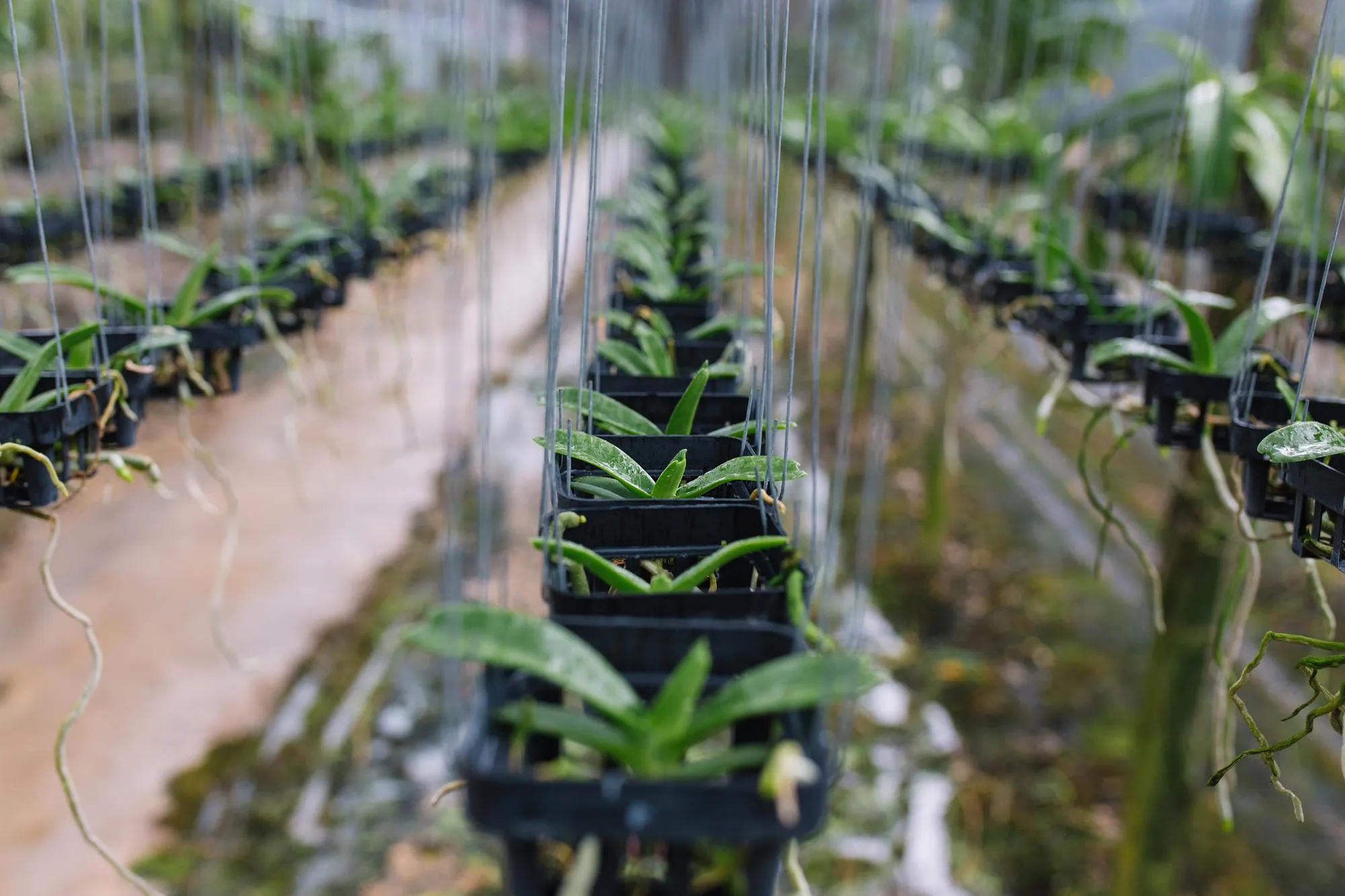Keywords
1. Citrus bark cracking viroid (CBCVd)
2. Transcription factors (TFs)
3. Hop (Humulus lupulus)
4. Plant defense mechanisms
5. Transcriptional reprogramming
In an unprecedented breakthrough in agricultural biotechnology, researchers at the Biology Centre of the Czech Academy of Sciences have published a detailed analysis of transcription factors (TFs) pivotal for activating defense responses in “hop” (Humulus lupulus) against the “Citrus bark cracking viroid” (CBCVd). Their findings, encapsulated in the journal Viruses, provide new prospects for viroid disease management and improving the resiliency of hop plants.
DOI: 10.3390/v11050419
By synthesizing the findings of the seminal article “Revisiting the Role of Transcription Factors in Coordinating the Defense Response Against Citrus Bark Cracking Viroid in ‘Humulus Lupulus’,” (Viruses, 2019) this article will elaborate on the role of TFs in plant pathology and offer insights into future strategies for viroid disease management.
Transcription Factors and Plant Defense: A Fundamental Synergy
Transcription factors are proteins that regulate gene expression, carefully orchestrating the plant’s response to stresses, such as pathogens. They bind to specific DNA sequences to promote or inhibit the transcription of genes, thereby actively modulating plant defense mechanisms (Moore et al., 2011).
Plants, including crop species like hop, have evolved a diverse array of TFs as part of their immune system to resist infections by pathogens, such as viroids, viruses, bacteria, and fungi. These TFs operate as the central players in complex signaling networks that regulate the expression of defense-related genes (Singh et al., 2002).
The Threat of Citrus Bark Cracking Viroid
CBCVd, the pathogenic agent under scrutiny, is a small single-stranded RNA molecule. Unlike viruses, viroids do not encode proteins and rely entirely on the host plant machinery for replication (Ding, 2009). In hop plants, CBCVd infection can result in significant agricultural losses due to Hop stunt disease, which is characterized by bark cracking, stunted growth, and reduced yield.
Methodological Insights into TF Research
The Czech team of scientists engaged in “global mining and characterization” of hop TFs, utilizing Arabidopsis thaliana – a model organism in plant biology – as a reference. The identification and classification of these TFs, powered by next-generation sequencing technologies, allowed for comprehensive phylogenetic analyses and functional categorizations (Dai et al., 2013).
TFs and Their Role in CBCVd Defense
The study identified multiple TF families that are involved in the transcriptional reprogramming of hop plants in response to CBCVd infection (Jakše et al., 2019). These TFs include:
1. WRKY: Known for their involvement in the regulation of several plant defense responses, the WRKY TFs were found to activate signaling pathways that confer disease resistance (Eulgem & Somssich, 2007).
2. MYB: The R2R3-MYB gene family has been associated with diverse biological processes, including defense against pathogens (Stracke et al., 2001).
3. bZIP: The basic leucine zipper TFs in Arabidopsis, similar to those found in hops, have been implicated in various stress responses (Jakoby et al., 2002).
4. NAC: Among the largest plant-specific TF families, NAC proteins have a role in plant development, senescence, and stress signaling (Saidi et al., 2017).
Defense Mechanism Activation
The research indicated that following viroid infection, TFs in hop plants undergo a dynamic change in their expression patterns. This change suggests a well-coordinated defense strategy that involves transcriptional reprogramming. The potential activation of defense responses by these TFs possibly involves specific signaling molecules, such as salicylic acid and jasmonic acid, which are key players in plant innate immunity (Tsuda & Somssich, 2015).
Evolutionary Perspectives and Omics Approaches
Evolutionary analyses of TFs in hop and related species have shed light on the adaptability and past selection pressures that may have shaped the defense mechanisms present in current cultivars. The utilization of “omics” approaches, including transcriptomics and proteomics, has proved indispensable for elucidating plant-viroid interactions and the role of TFs in these processes (Natsume et al., 2015).
Implications for Crop Improvement and Disease Management
The findings open avenues for the development of novel strategies for breeding and genetically engineering hop varieties with enhanced resistance to CBCVd. By targeting specific TFs and modulating their activity, it may be possible to induce a stronger or more durable resistance in the plants, thereby mitigating the impact of CBCVd on hop production.
Conclusion and Future Prospects
The research detailed by Sukumari Nath et al. (2019) signifies a considerable advancement in understanding the fundamental biology of host-pathogen interactions in hop cultivation. It underscores the pivotal role of TFs in plant defense and provides a framework for developing improved crop protection strategies. Yet, the dynamic and complex nature of these interactions calls for further in-depth functional studies and field validations.
Future research should focus on the integration of these findings with precision agriculture practices to develop comprehensive disease management programs. Continued exploration of plant immune responses at the molecular level promises not only to bolster hop cultivation but also to contribute broadly to securing global food sources.
References
1. Moore, J.W., Loake, G.J., & Spoel, S.H. (2011). Transcription Dynamics in Plant Immunity. Plant Cell, 23(9), 2809–2820. DOI: 10.1105/tpc.111.087346
2. Singh, K.B., Foley, R.C., & Oñate-Sánchez, L. (2002). Transcription factors in plant defense and stress responses. Current Opinion in Plant Biology, 5(5), 430–436. DOI: 10.1016/S1369-5266(02)00289-3
3. Tsuda, K., & Somssich, I.E. (2015). Transcriptional networks in plant immunity. New Phytologist, 206(3), 932–947. DOI: 10.1111/nph.13286
4. Eulgem, T., & Somssich, I.E. (2007). Networks of WRKY transcription factors in defense signaling. Current Opinion in Plant Biology, 10(4), 366–371. DOI: 10.1016/j.pbi.2007.04.020
5. Jakše, J., Radisek, S., Pokorn, T., Matousek, J., & Javornik, B. (2015). Deep-sequencing revealed Citrus bark cracking viroid (CBCVd) as a highly aggressive pathogen on hop. Plant Pathology, 64(4), 831–842. DOI: 10.1111/ppa.12325
This intricately detailed analysis serves not only as a template for addressing CBCVd in hop but also as a model that can be adapted to target diseases affecting other economically important crops. The journey from understanding gene expression to practical applications in agriculture continues to herald a new era of plant pathology and crop science.
